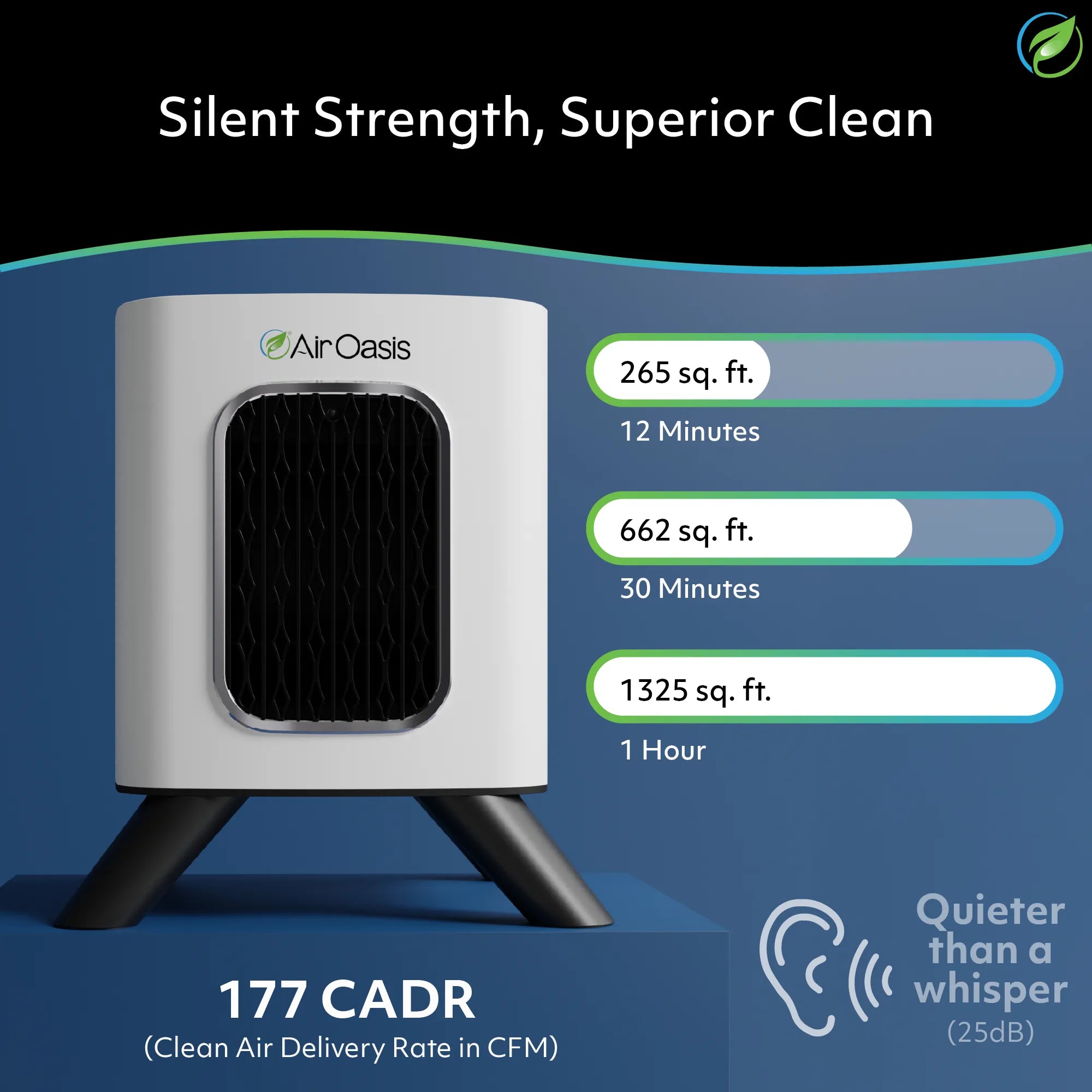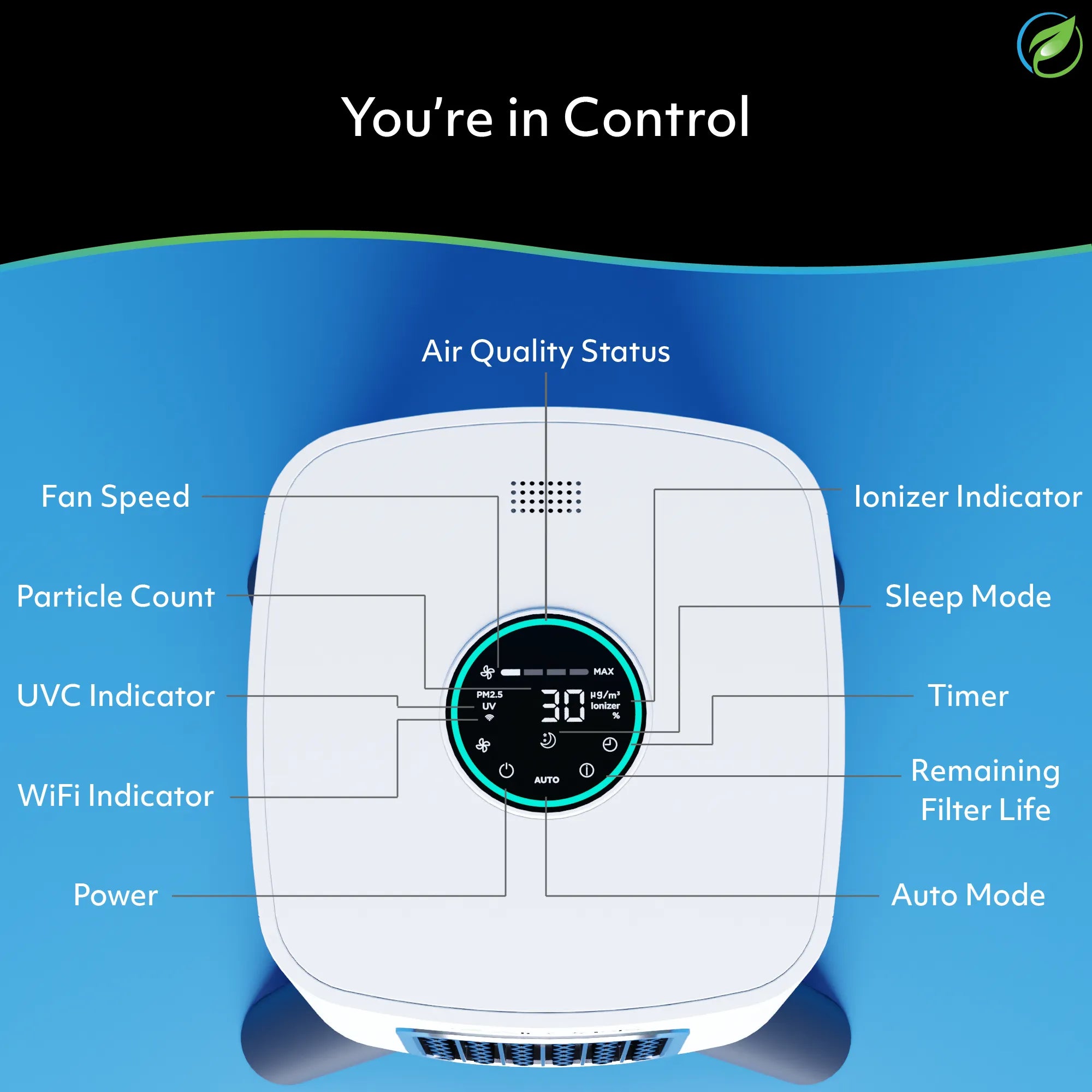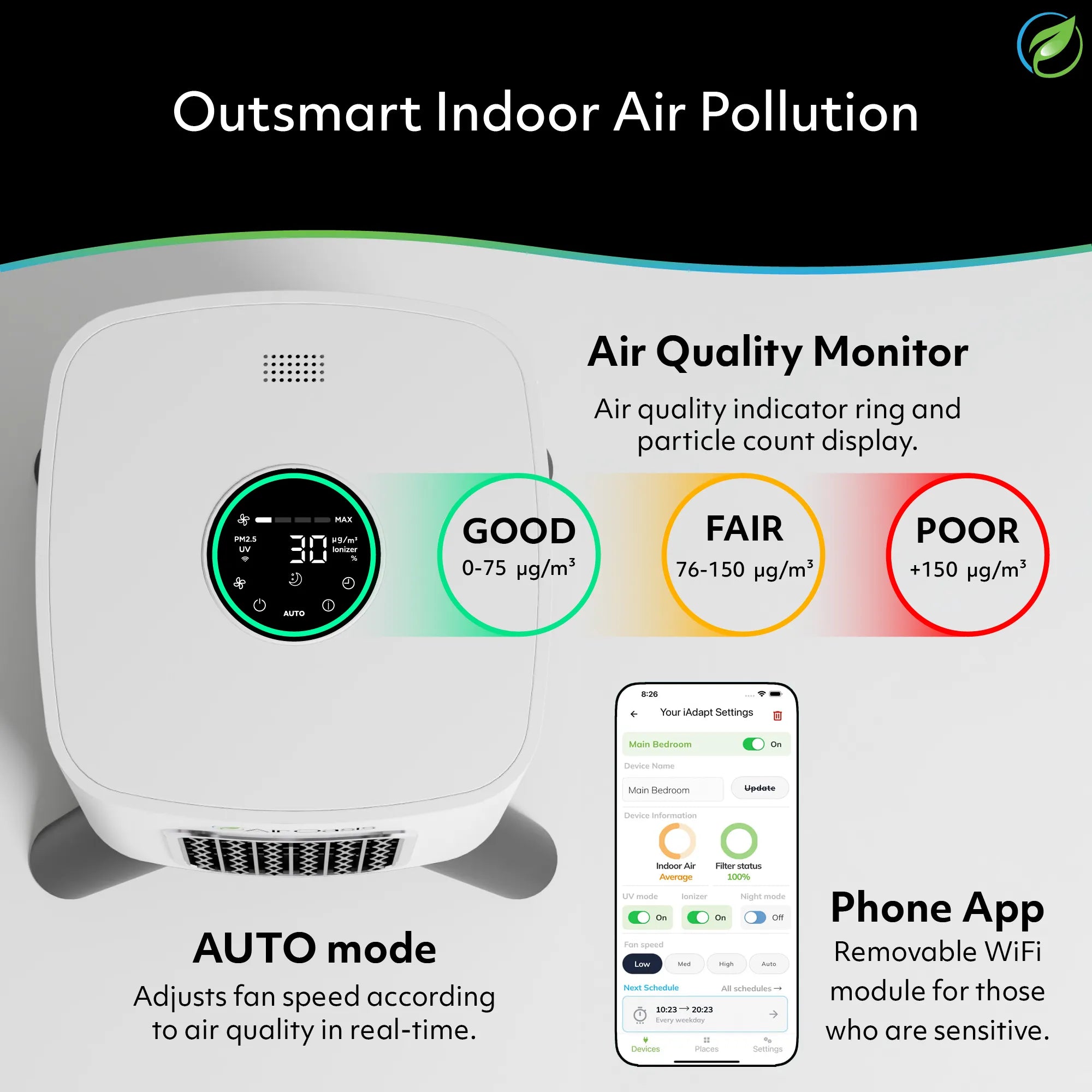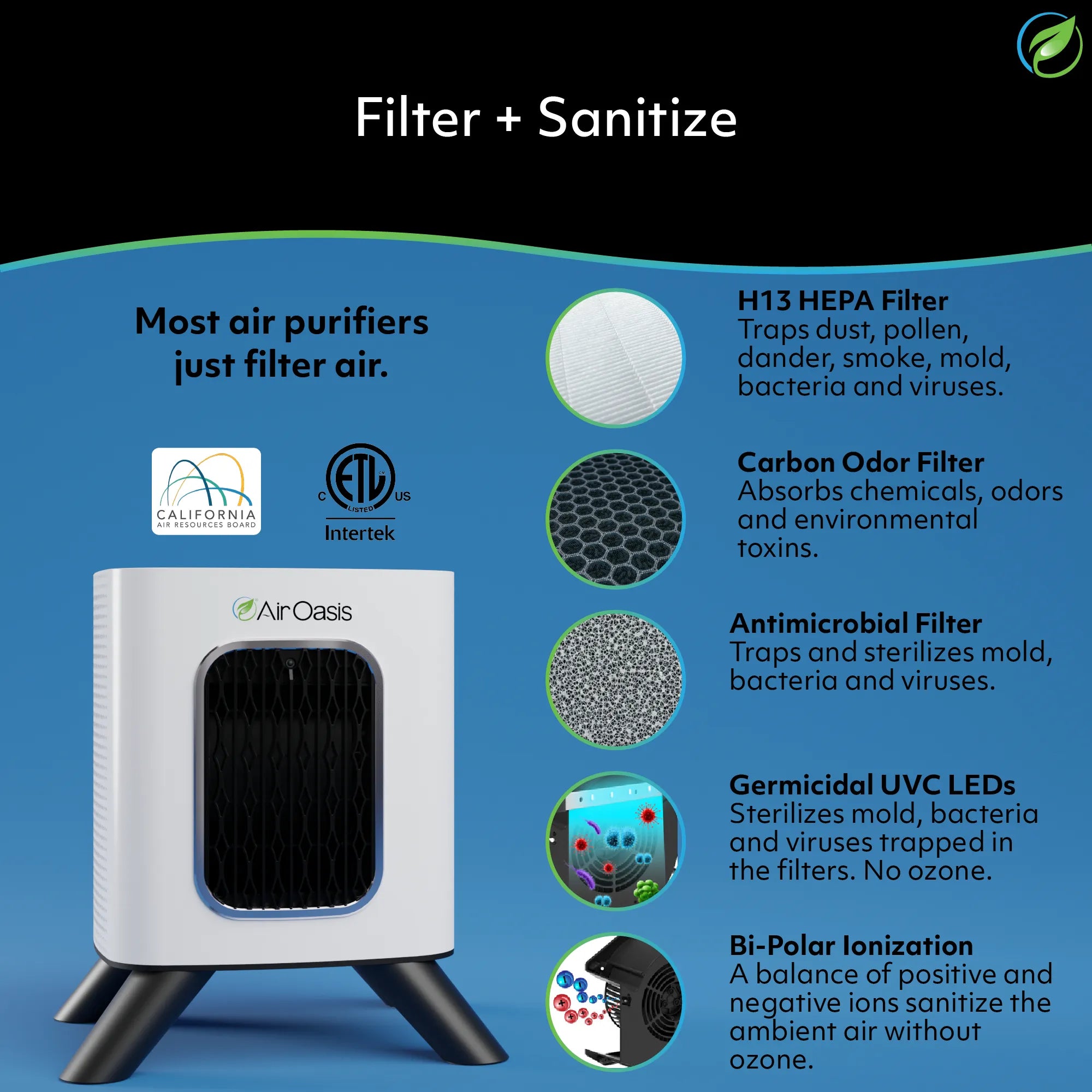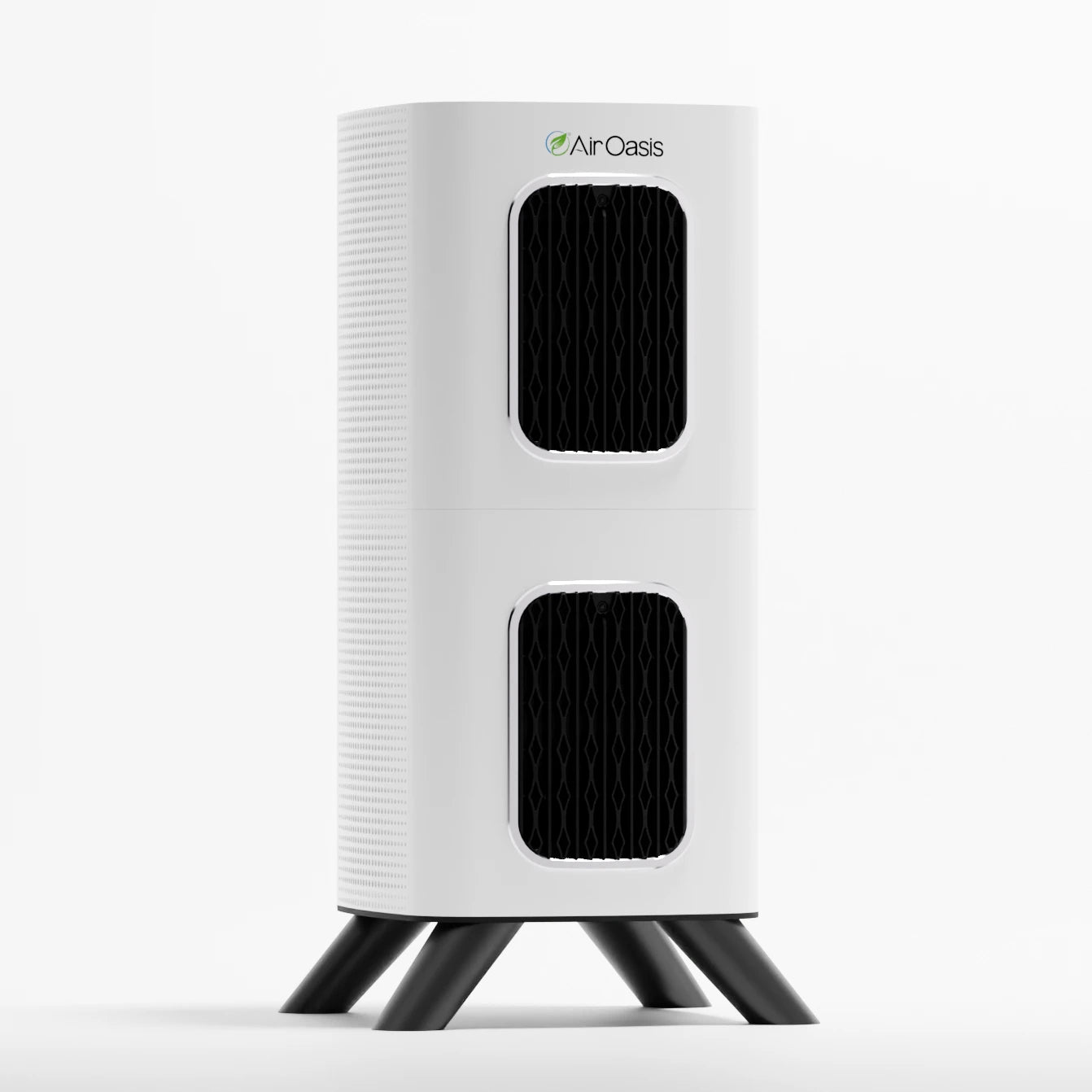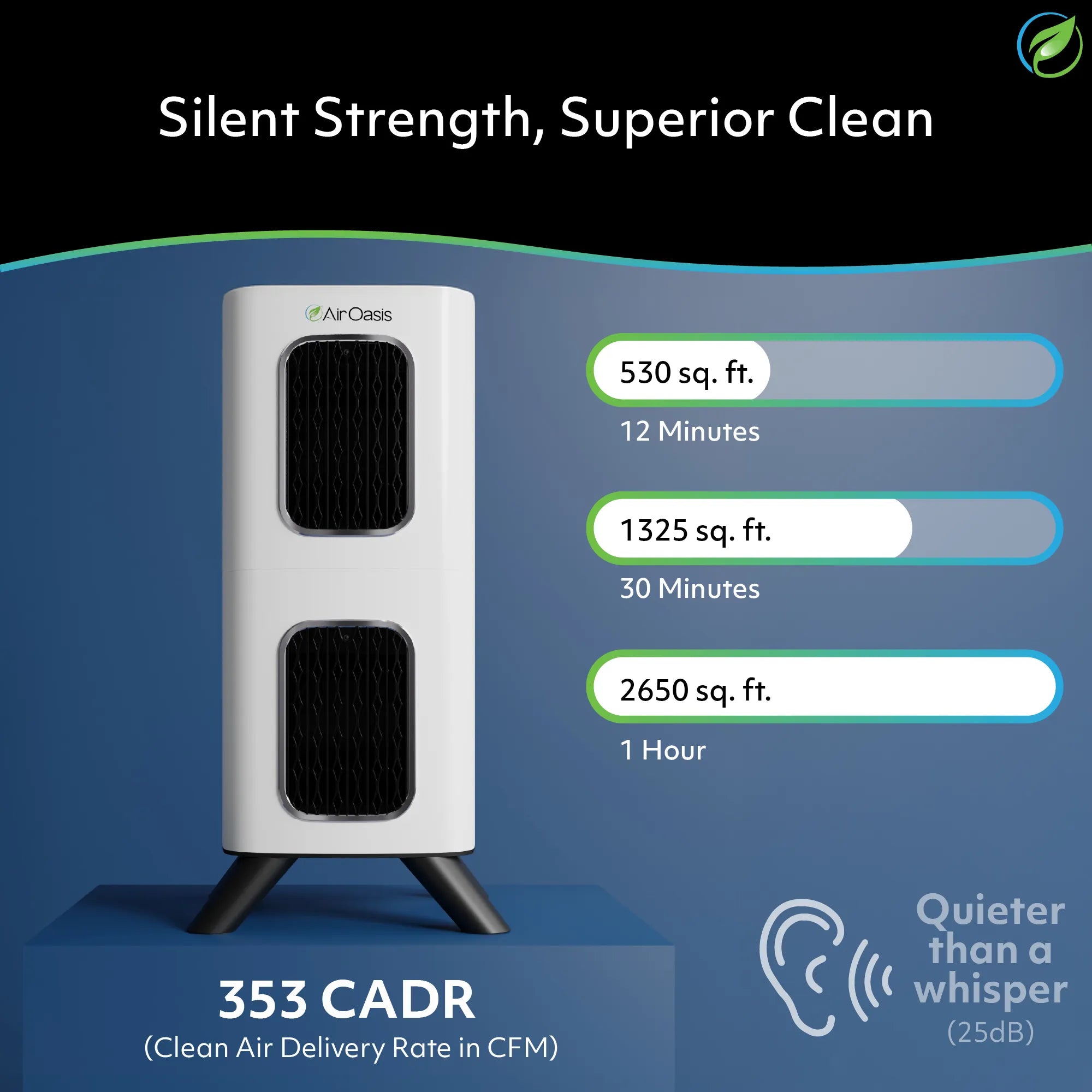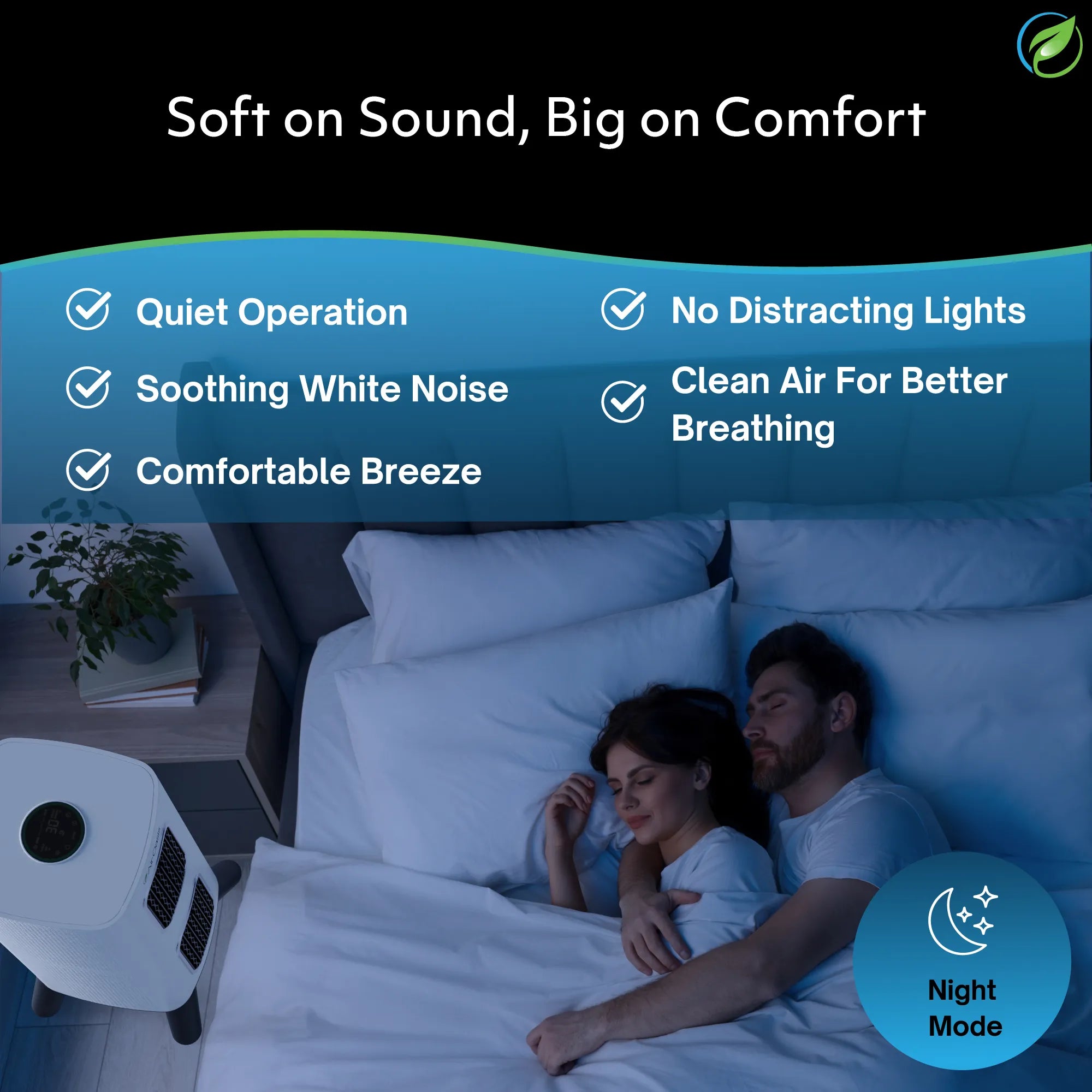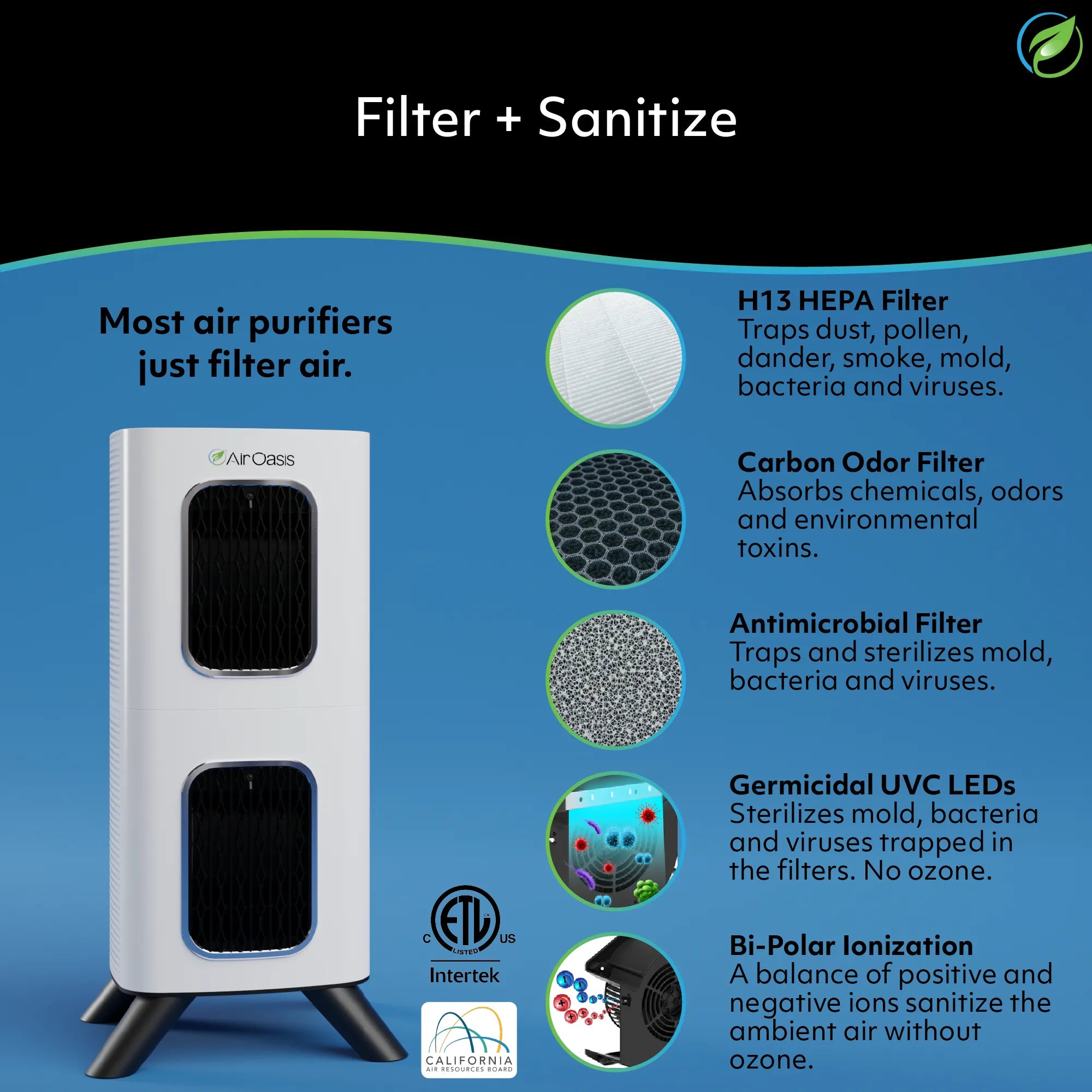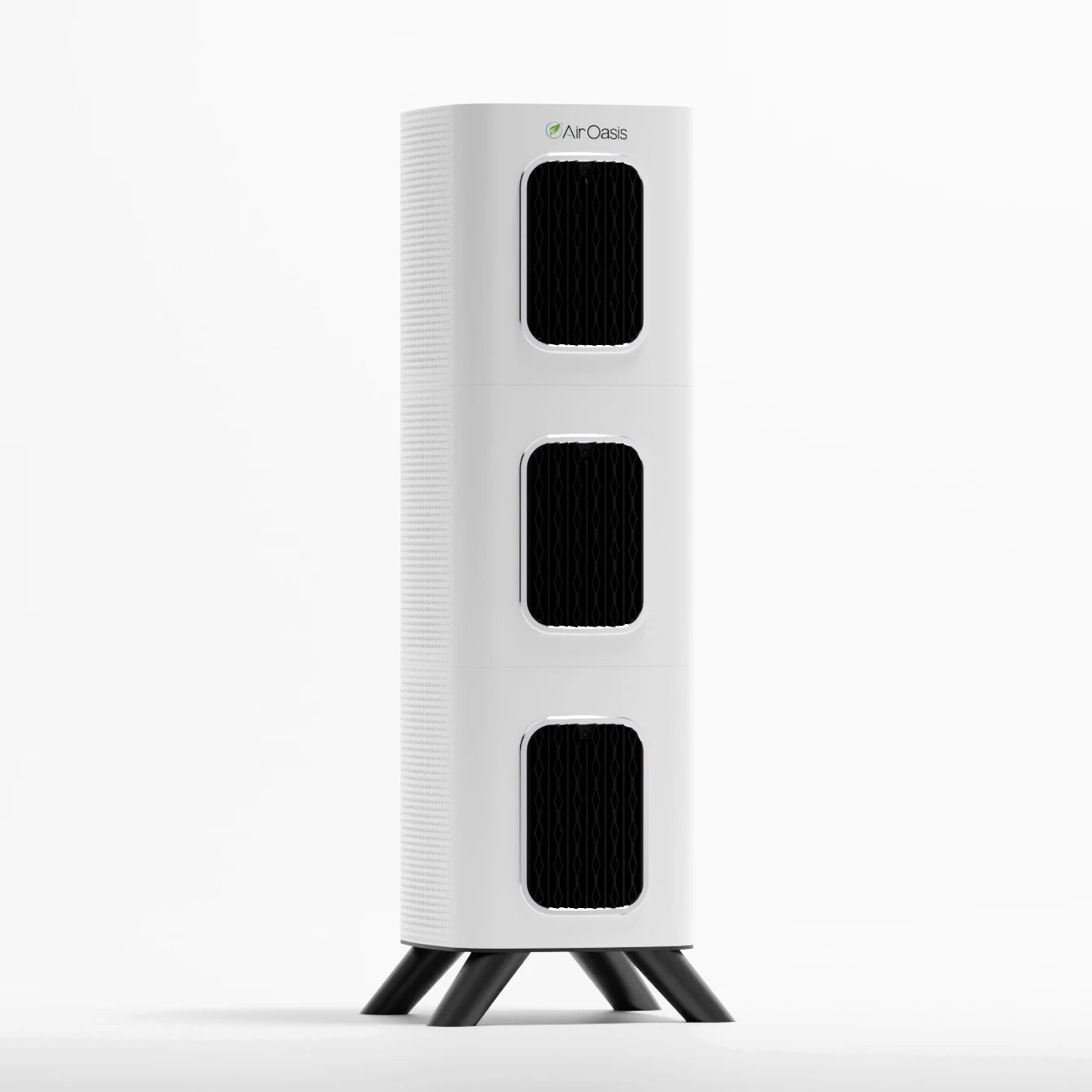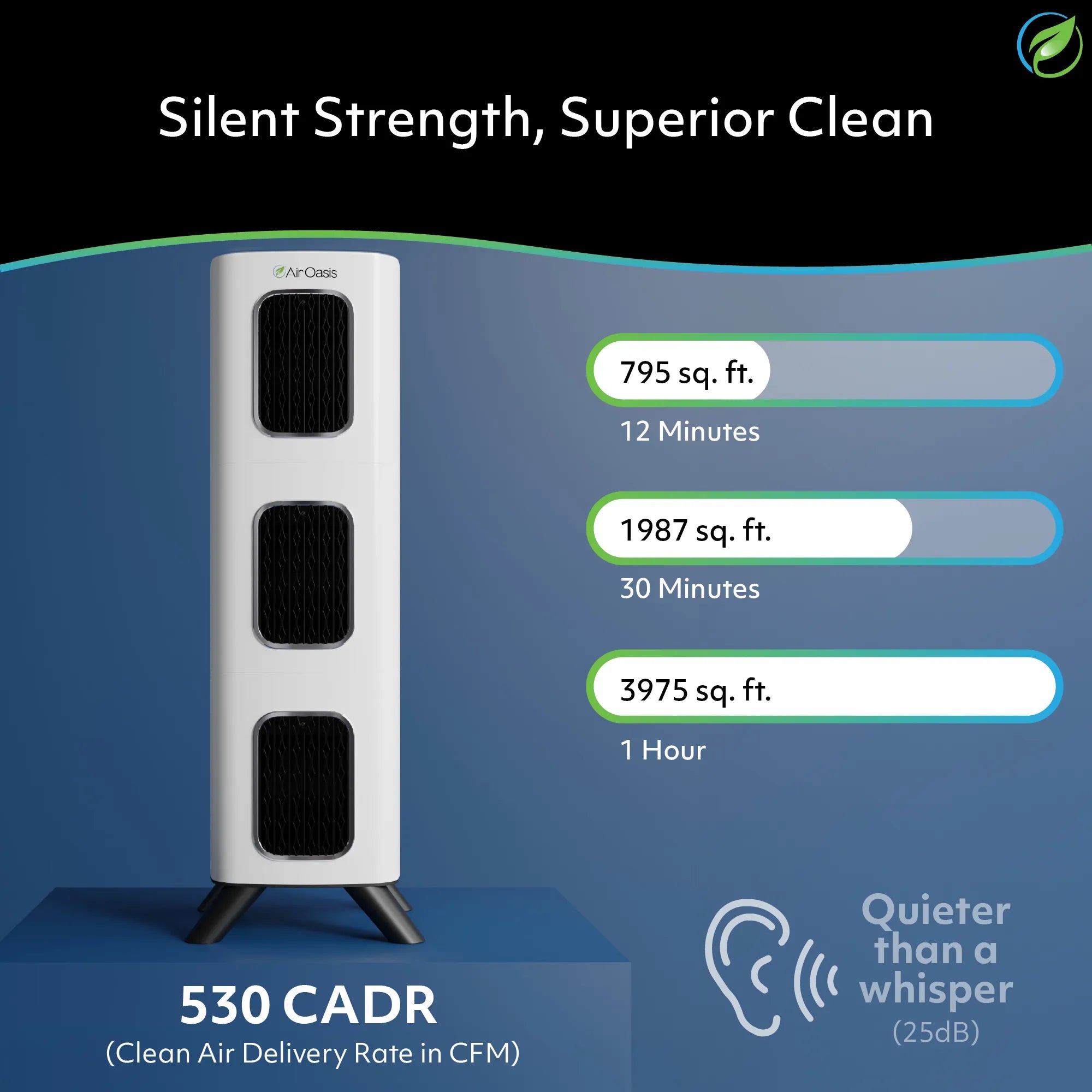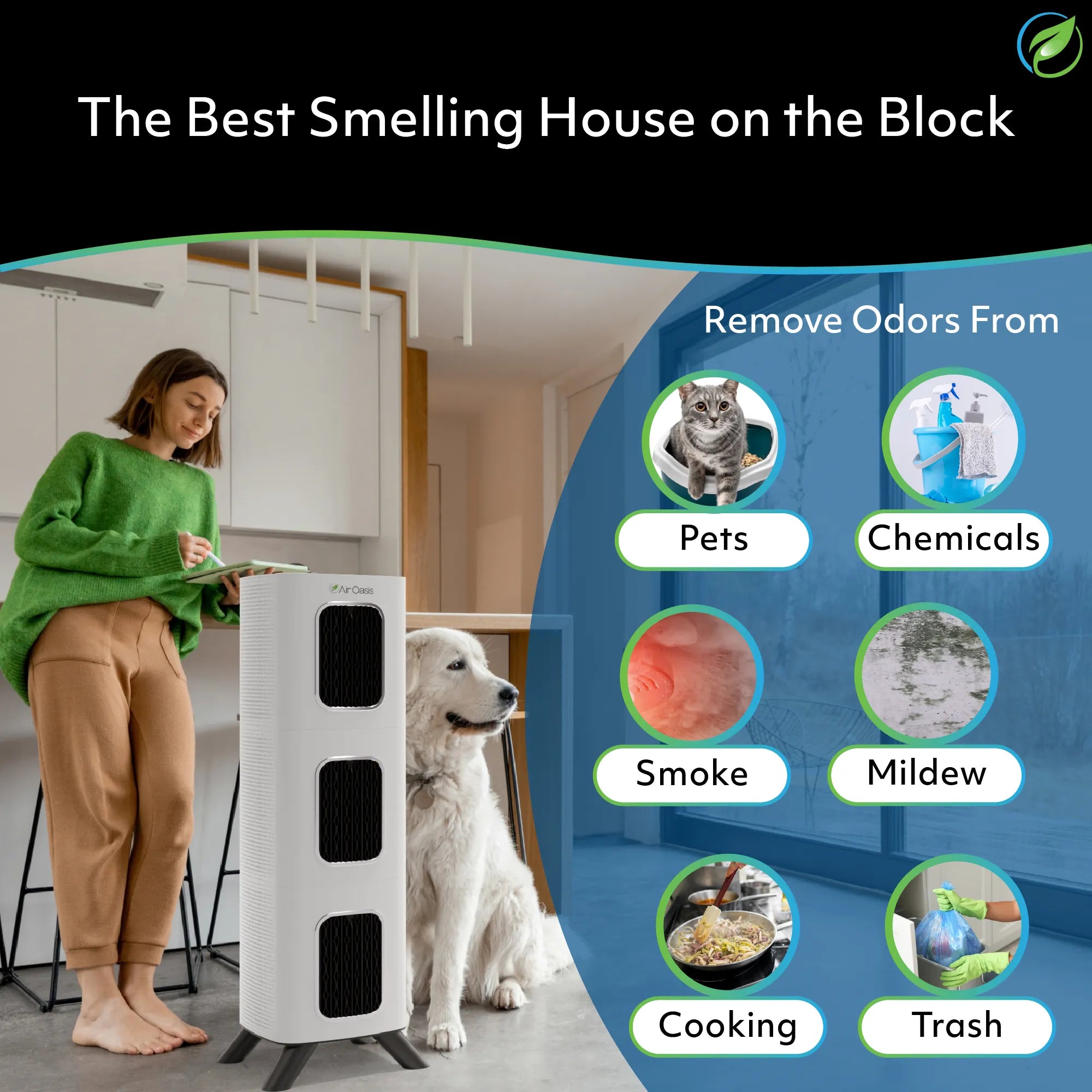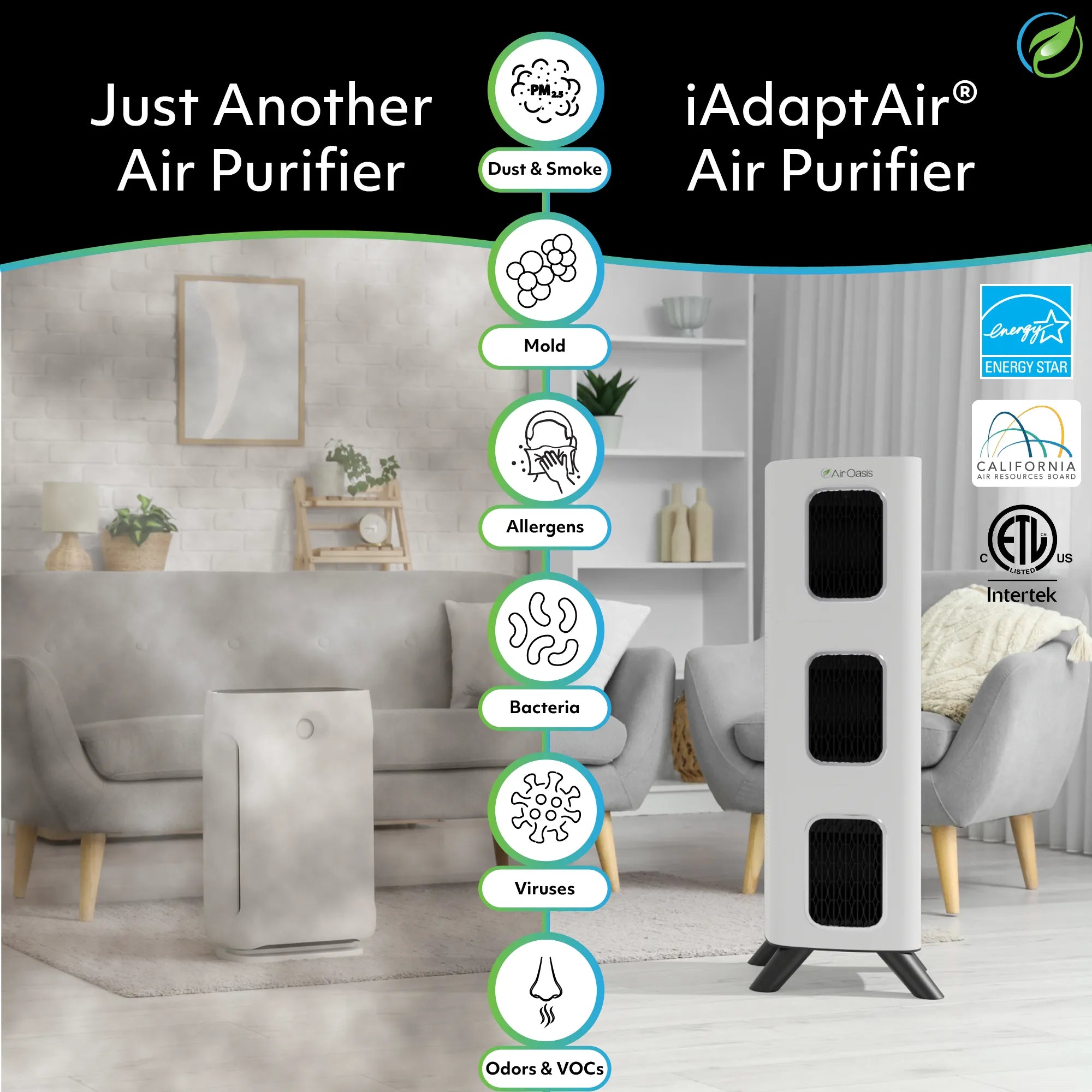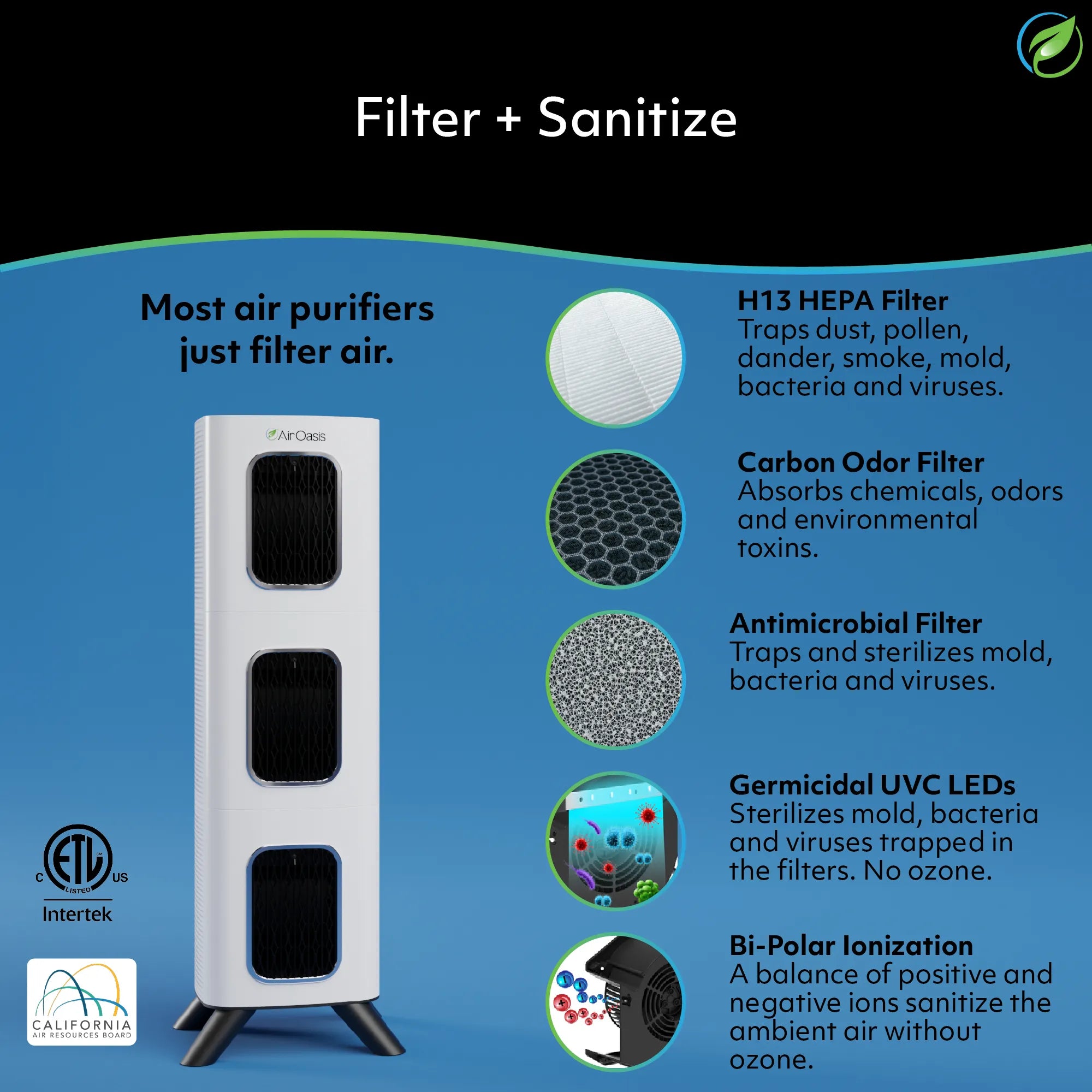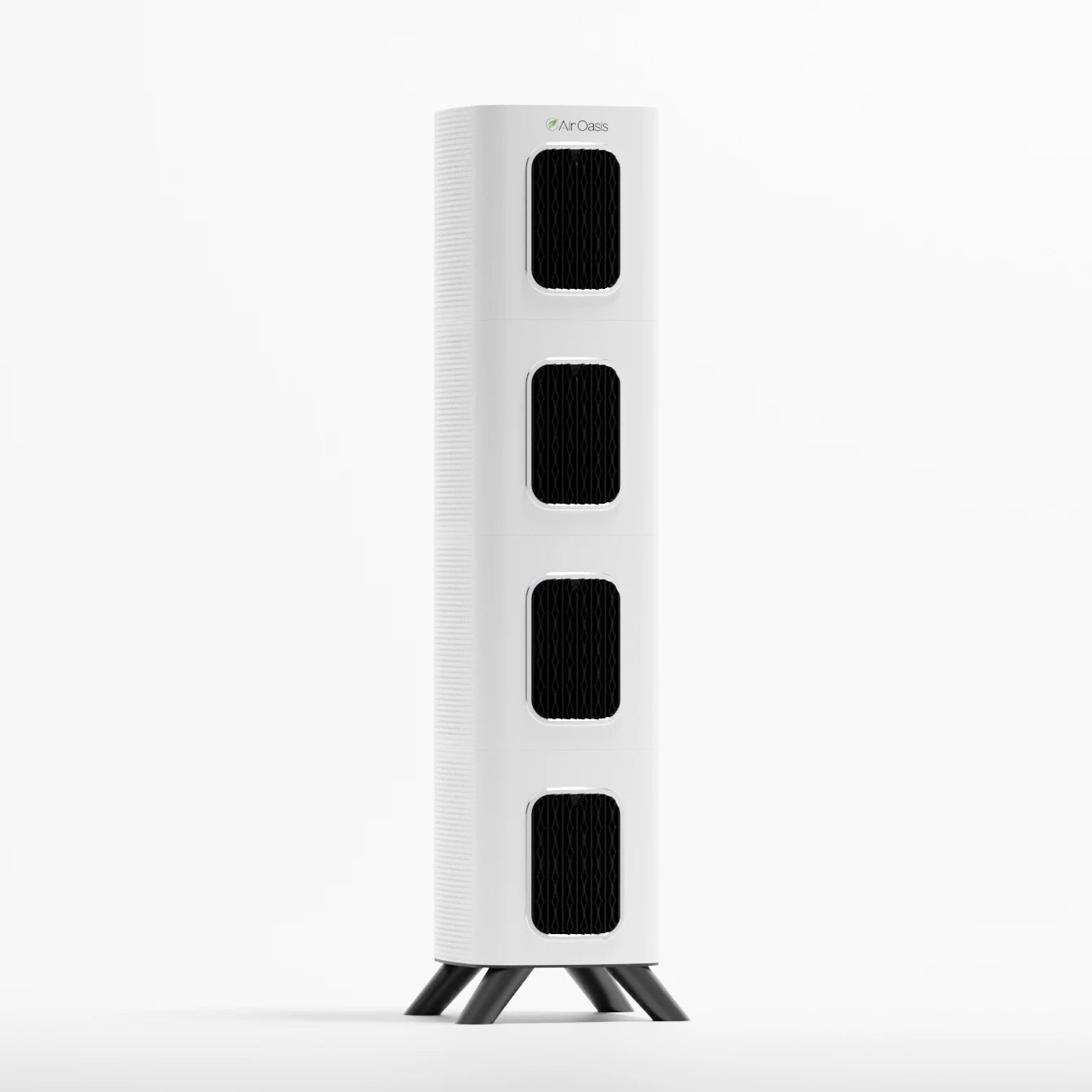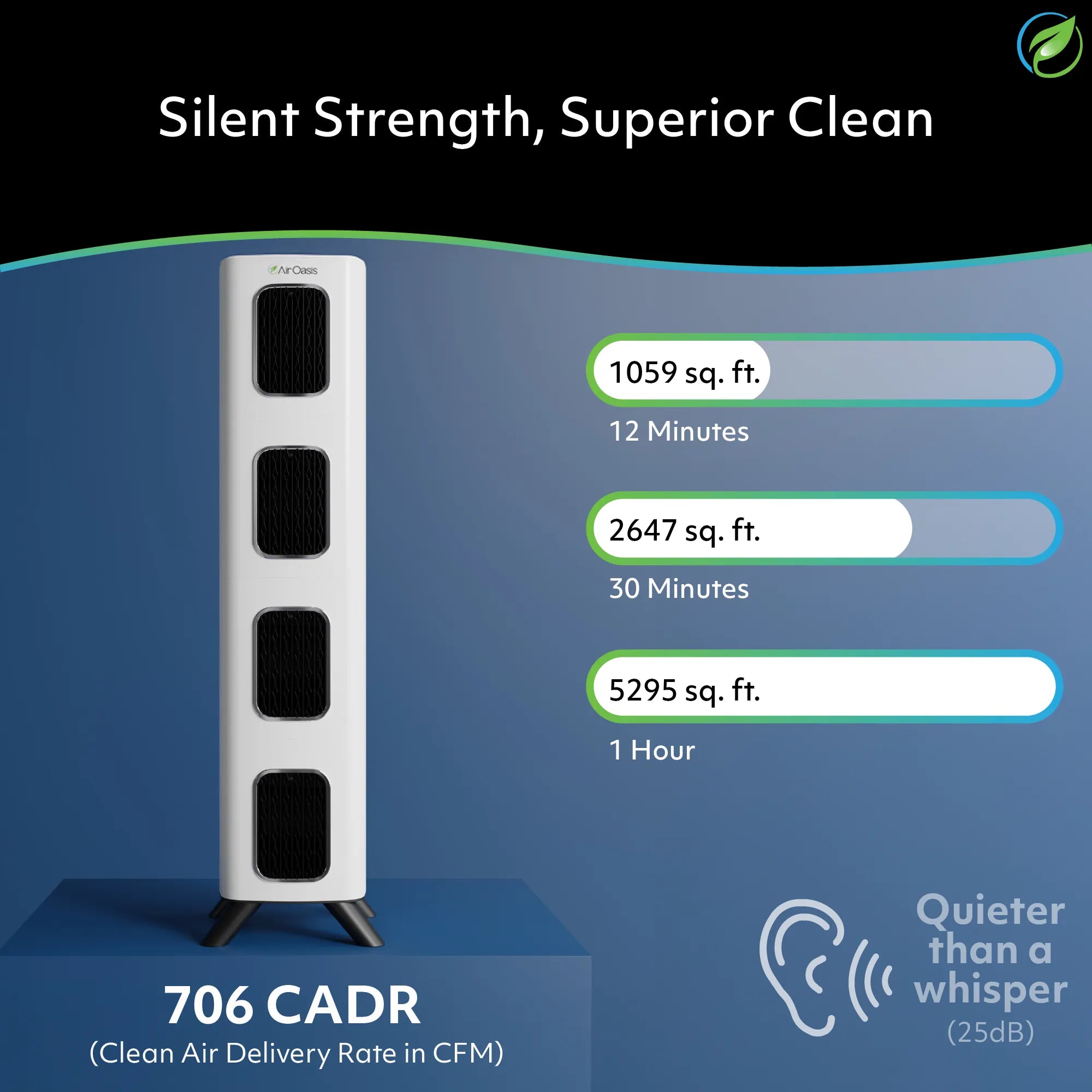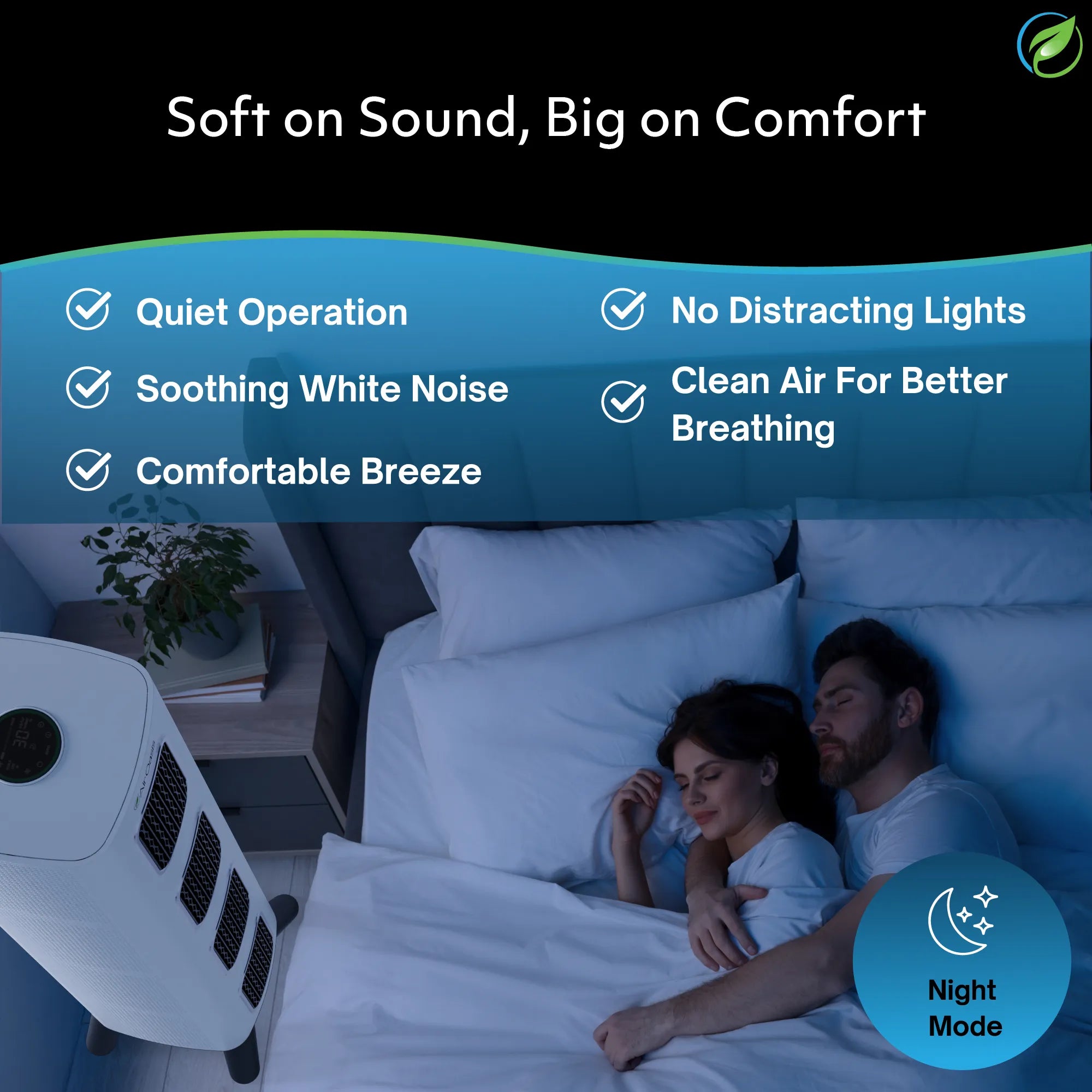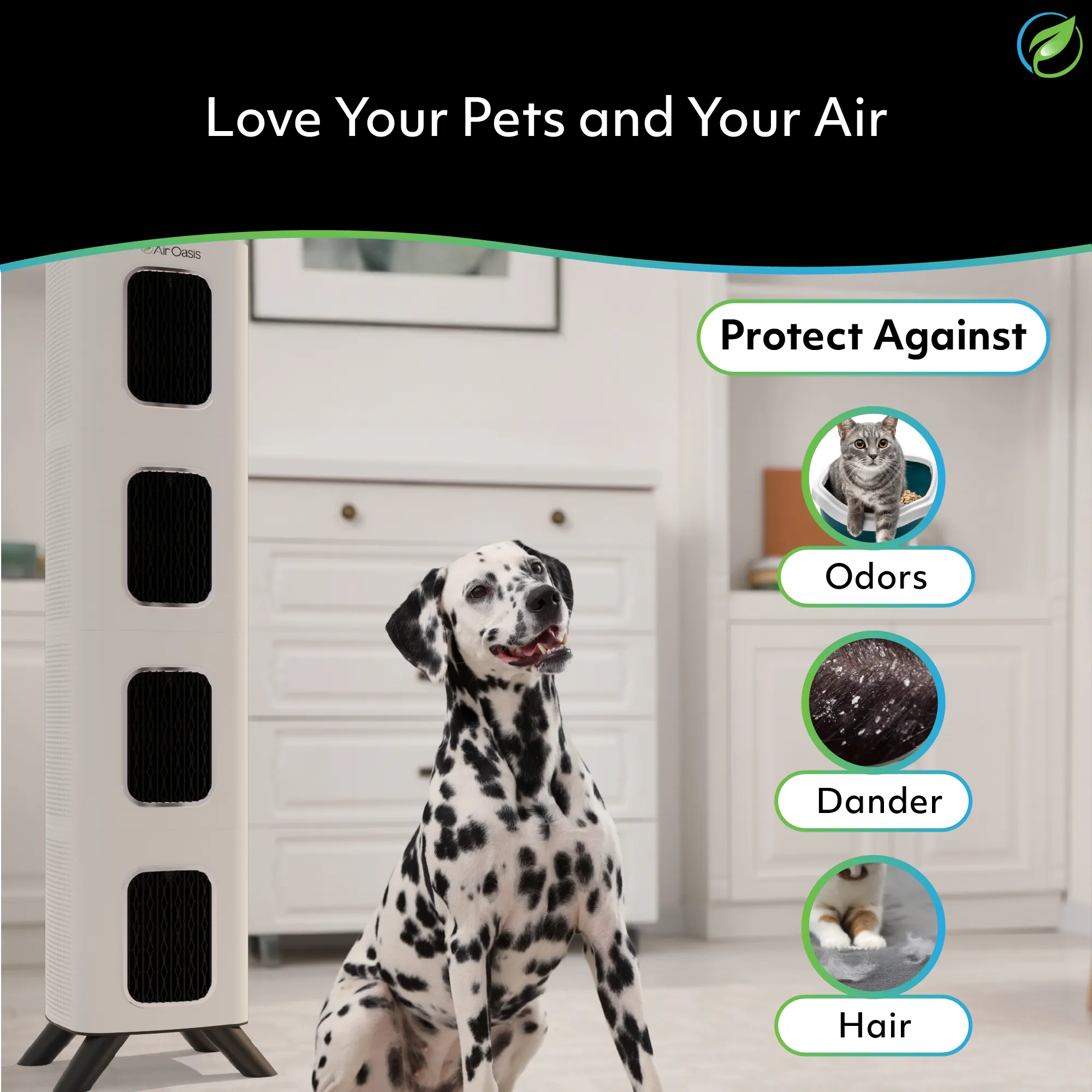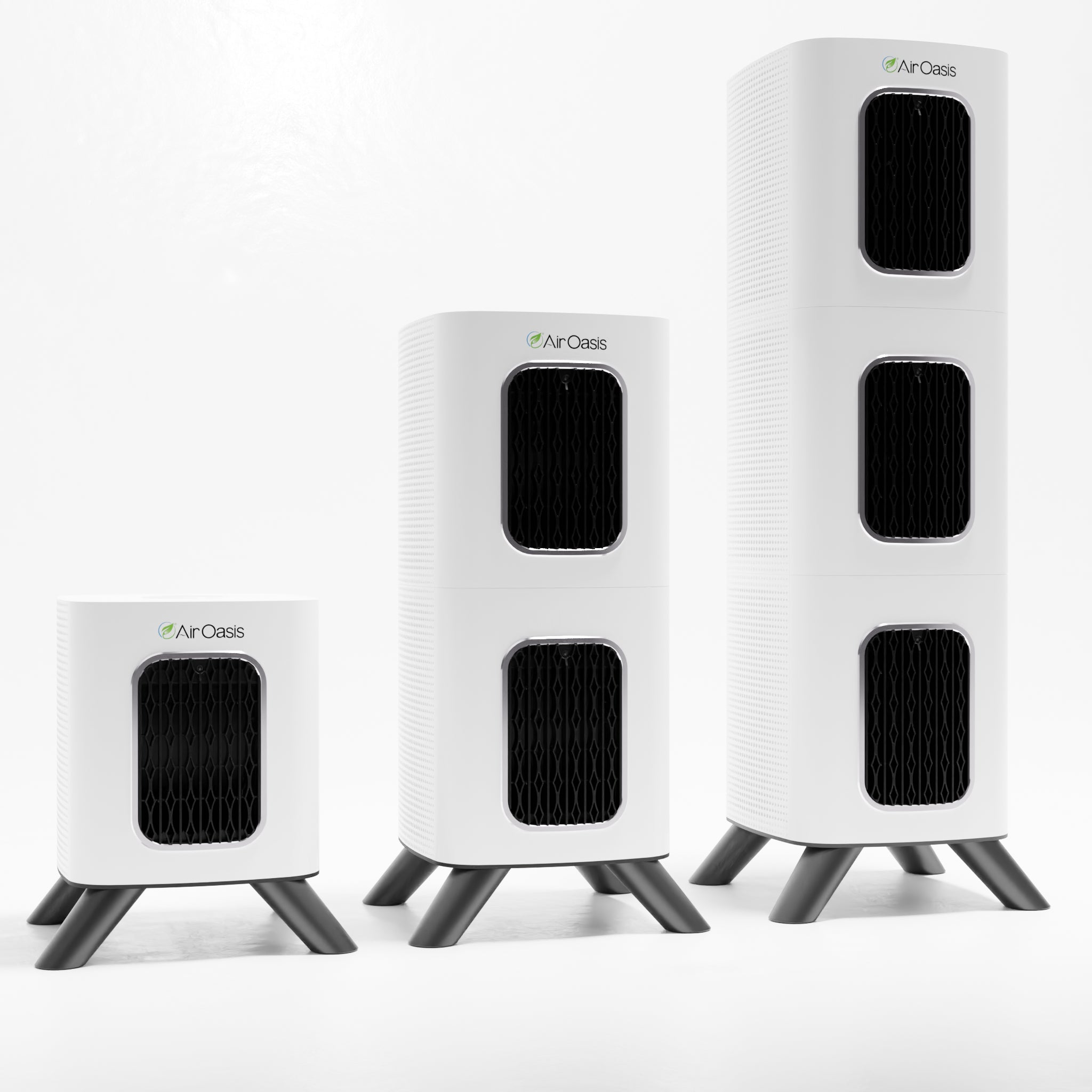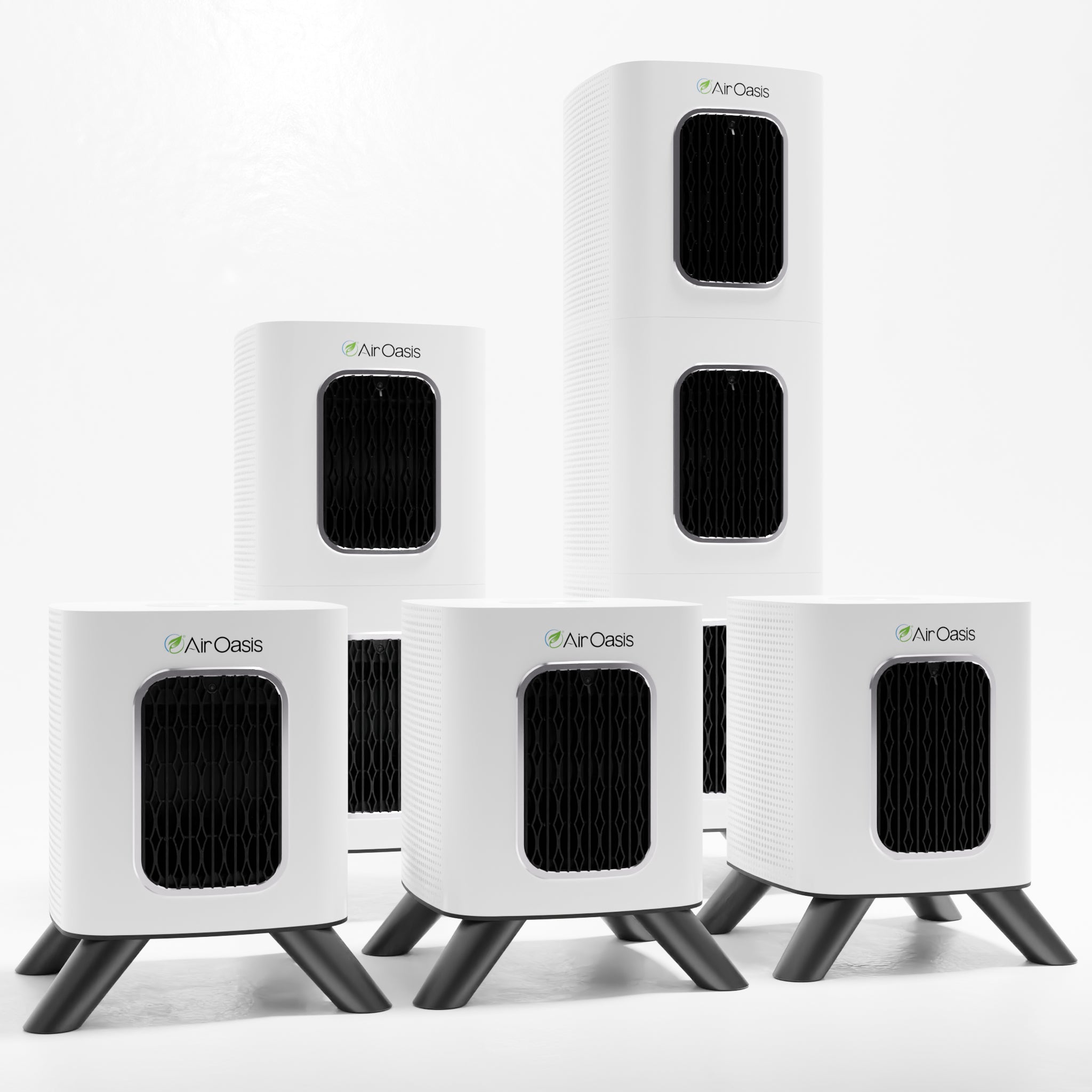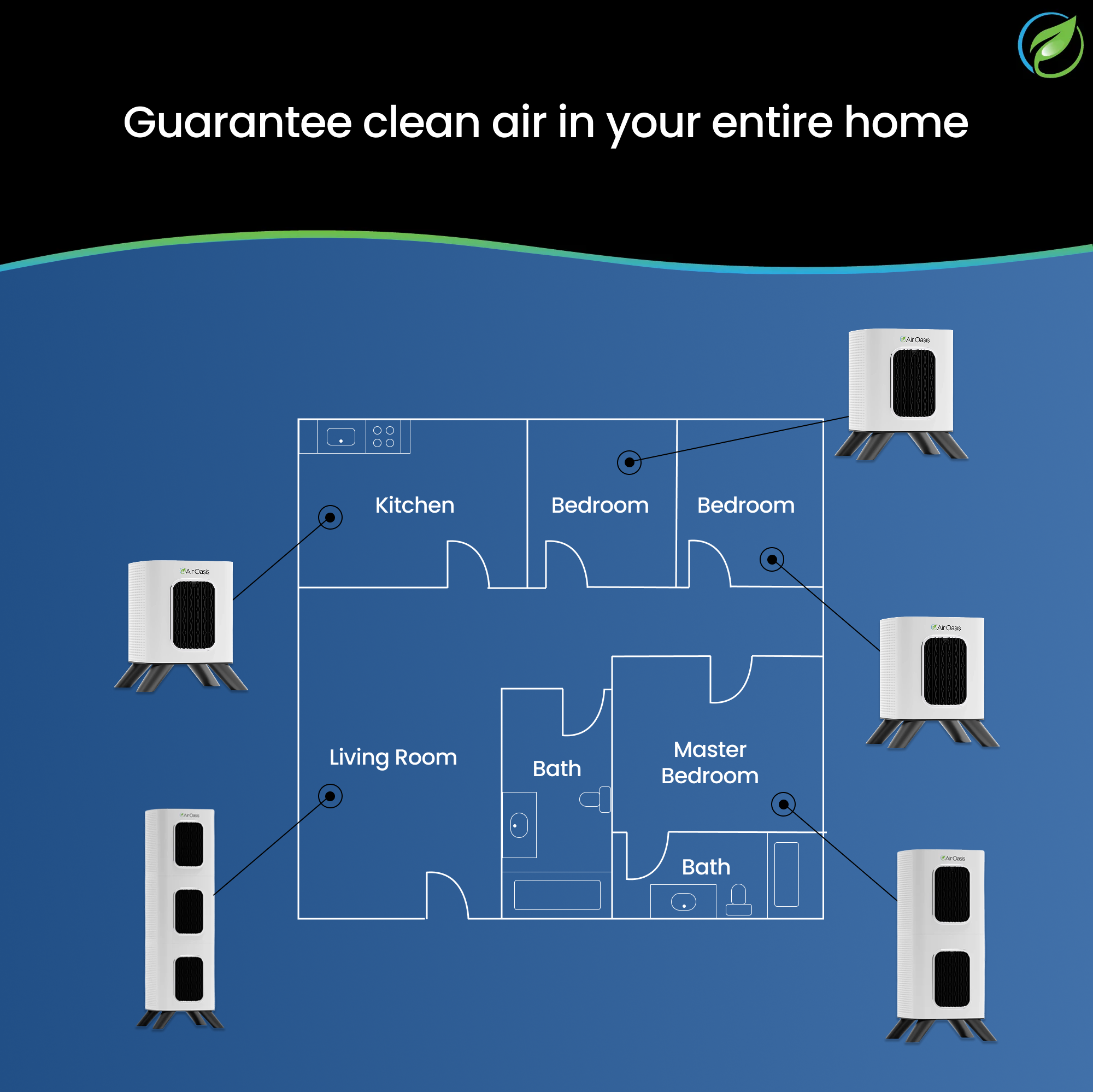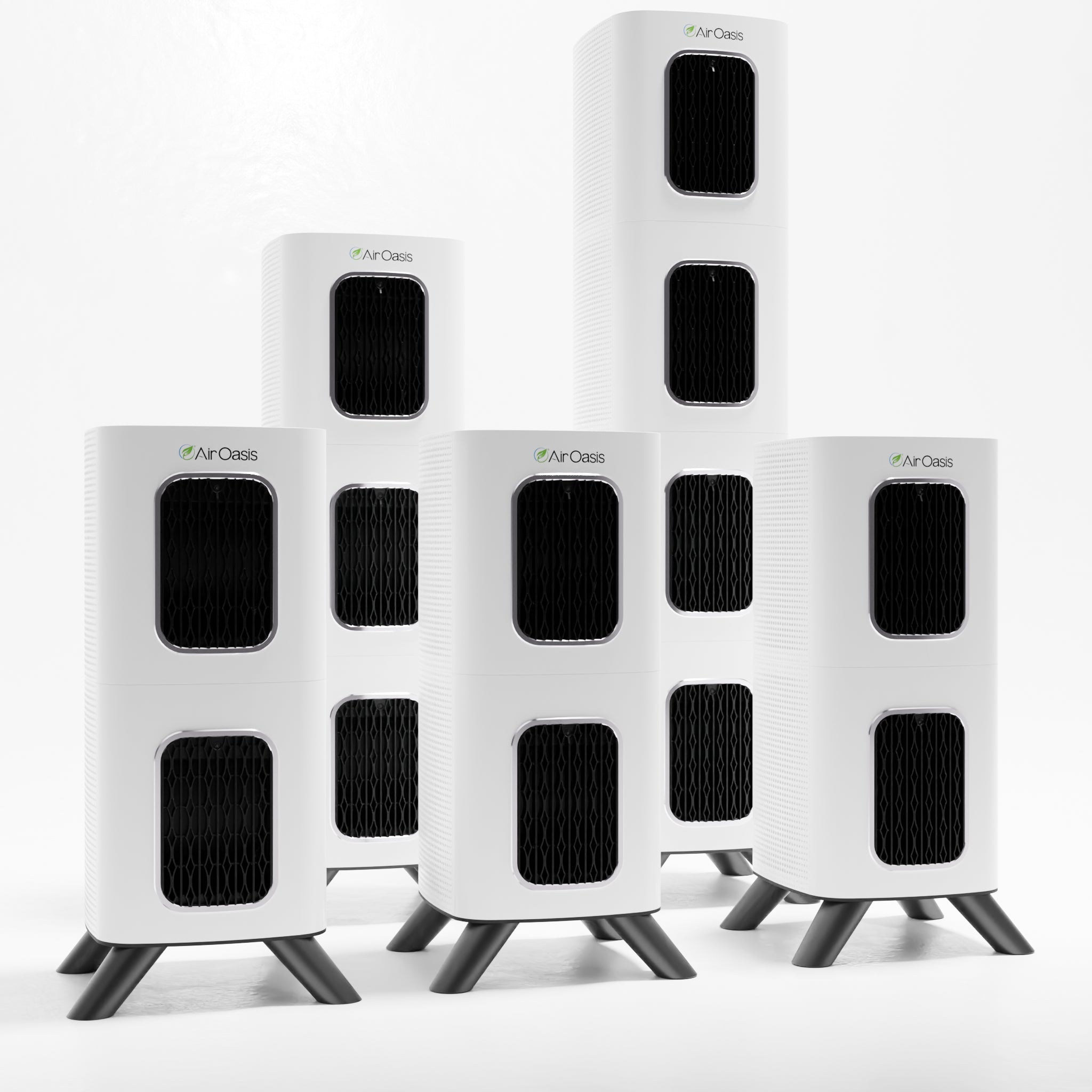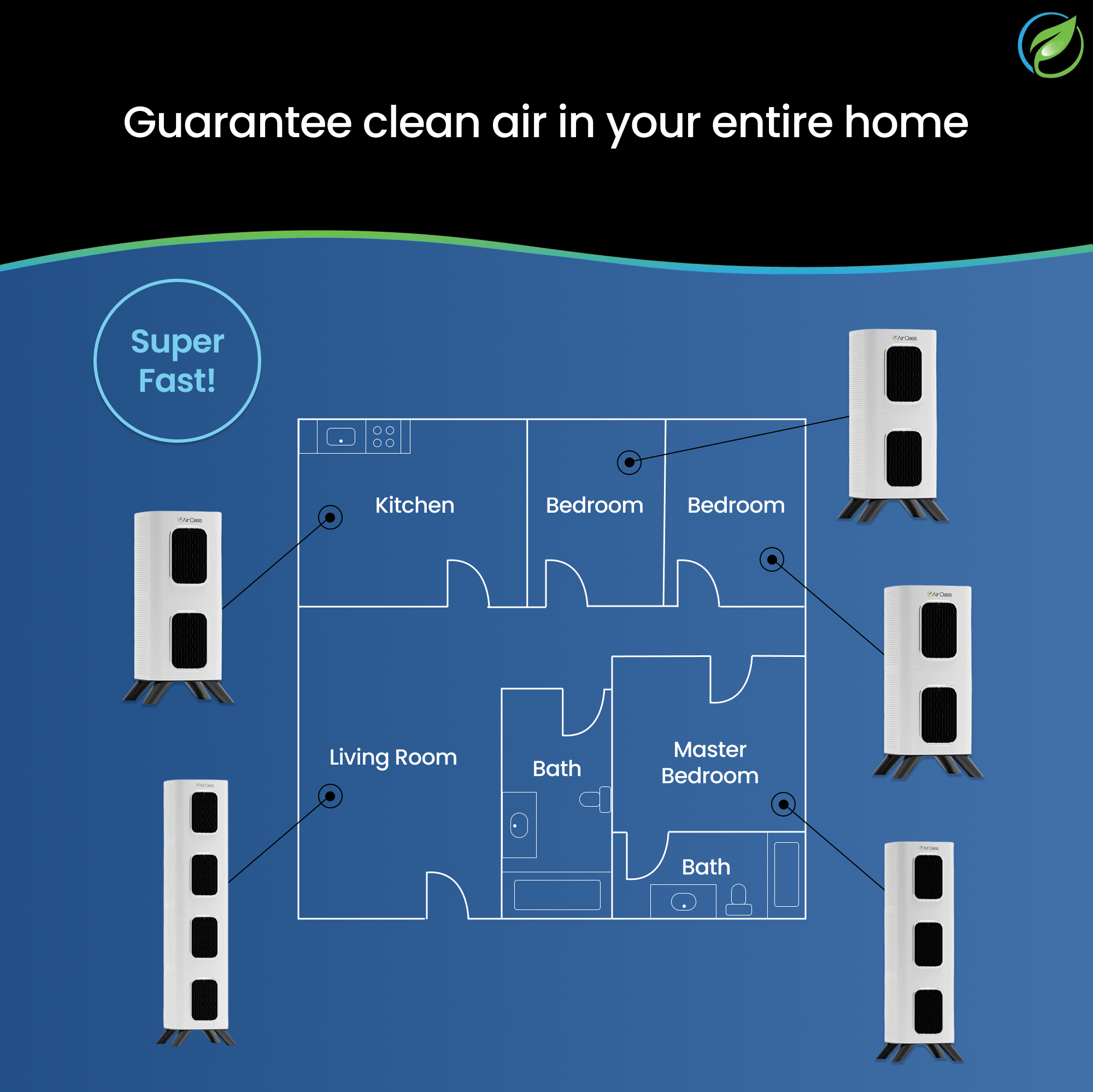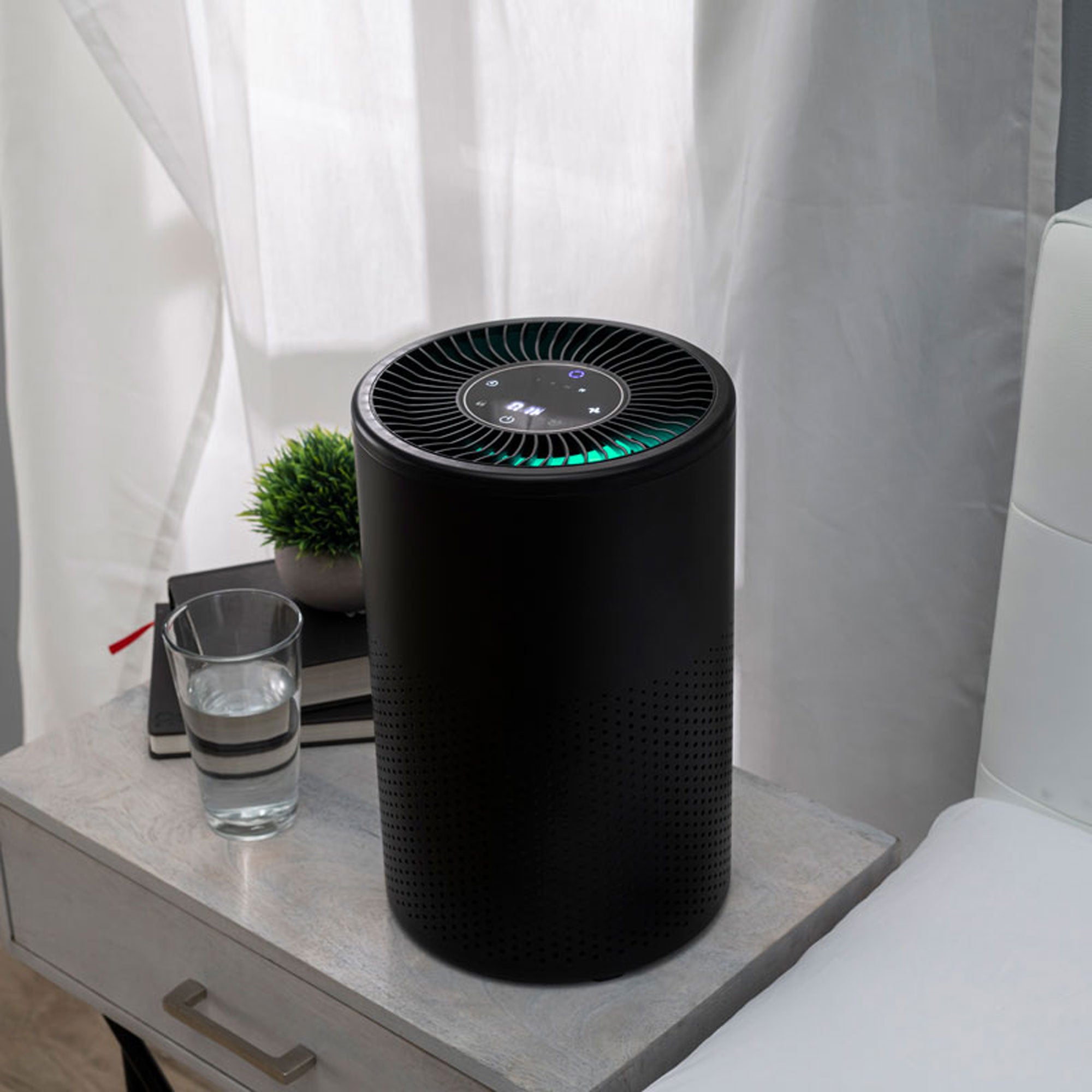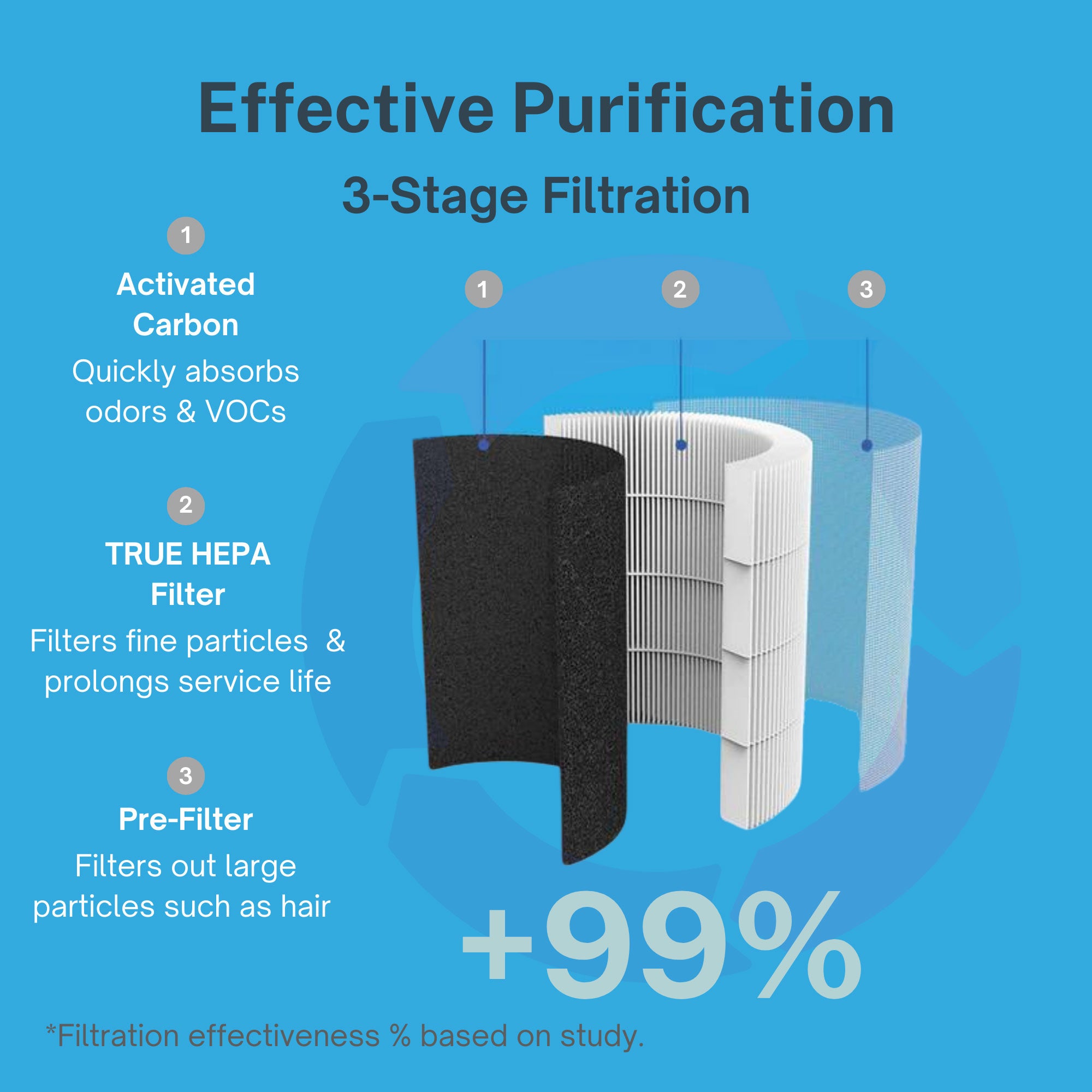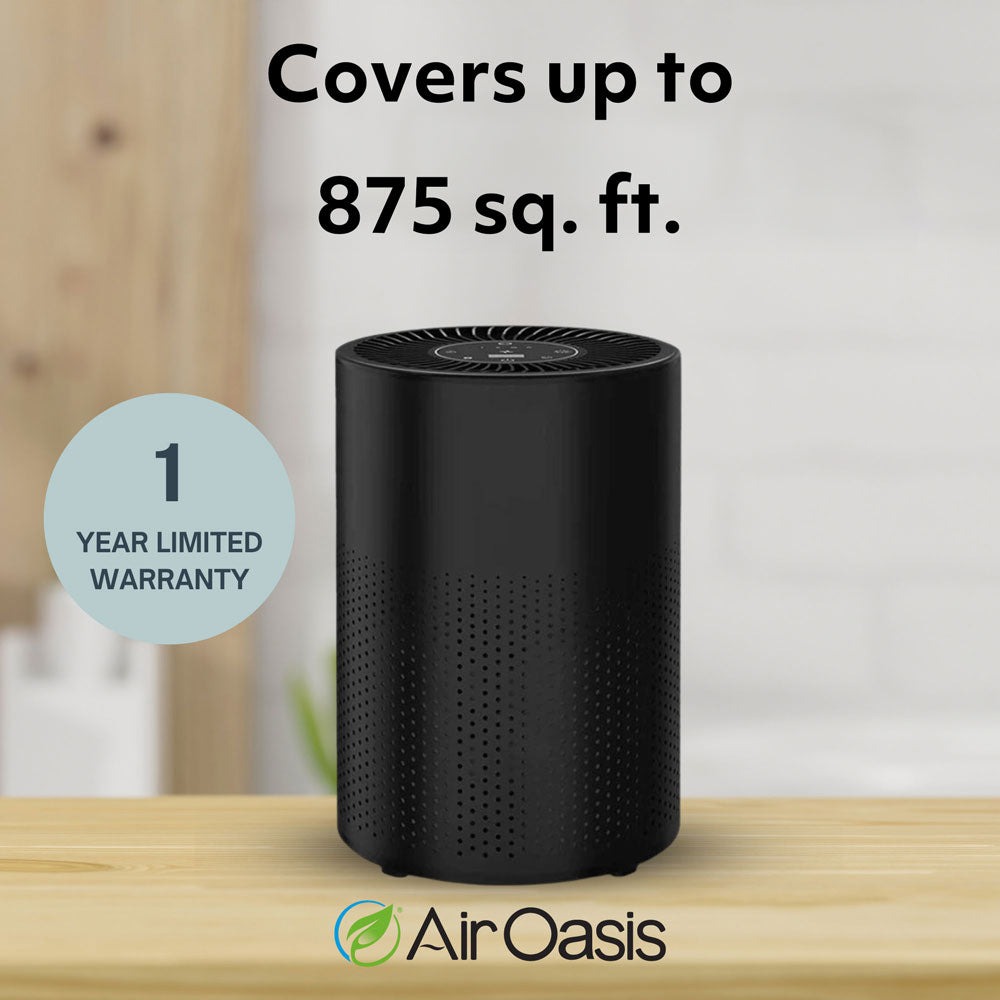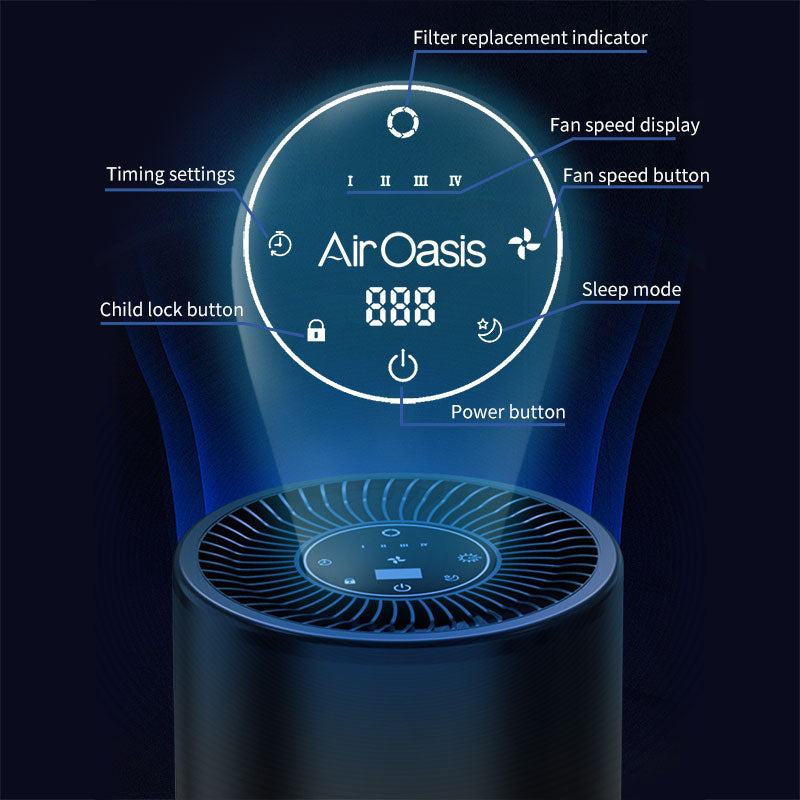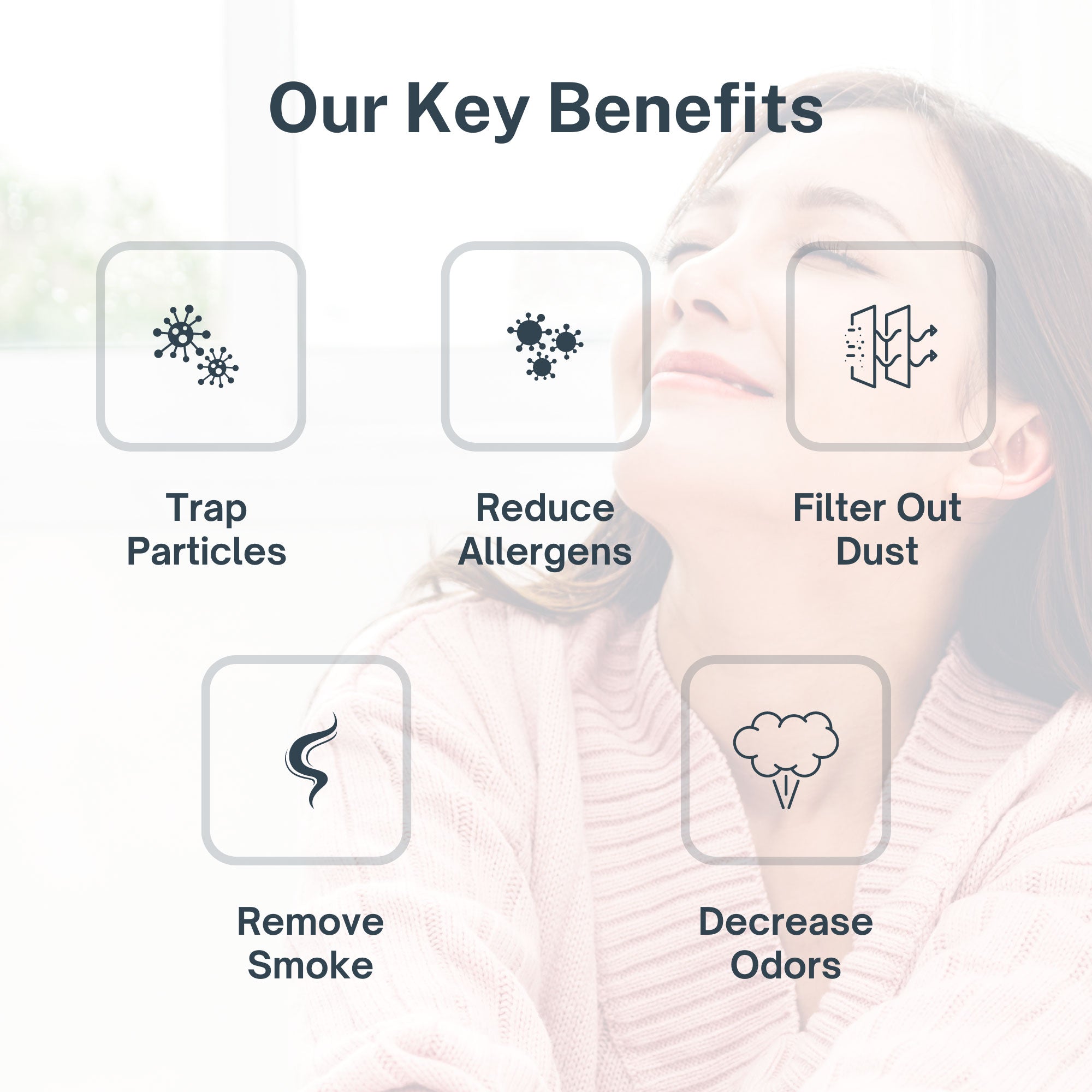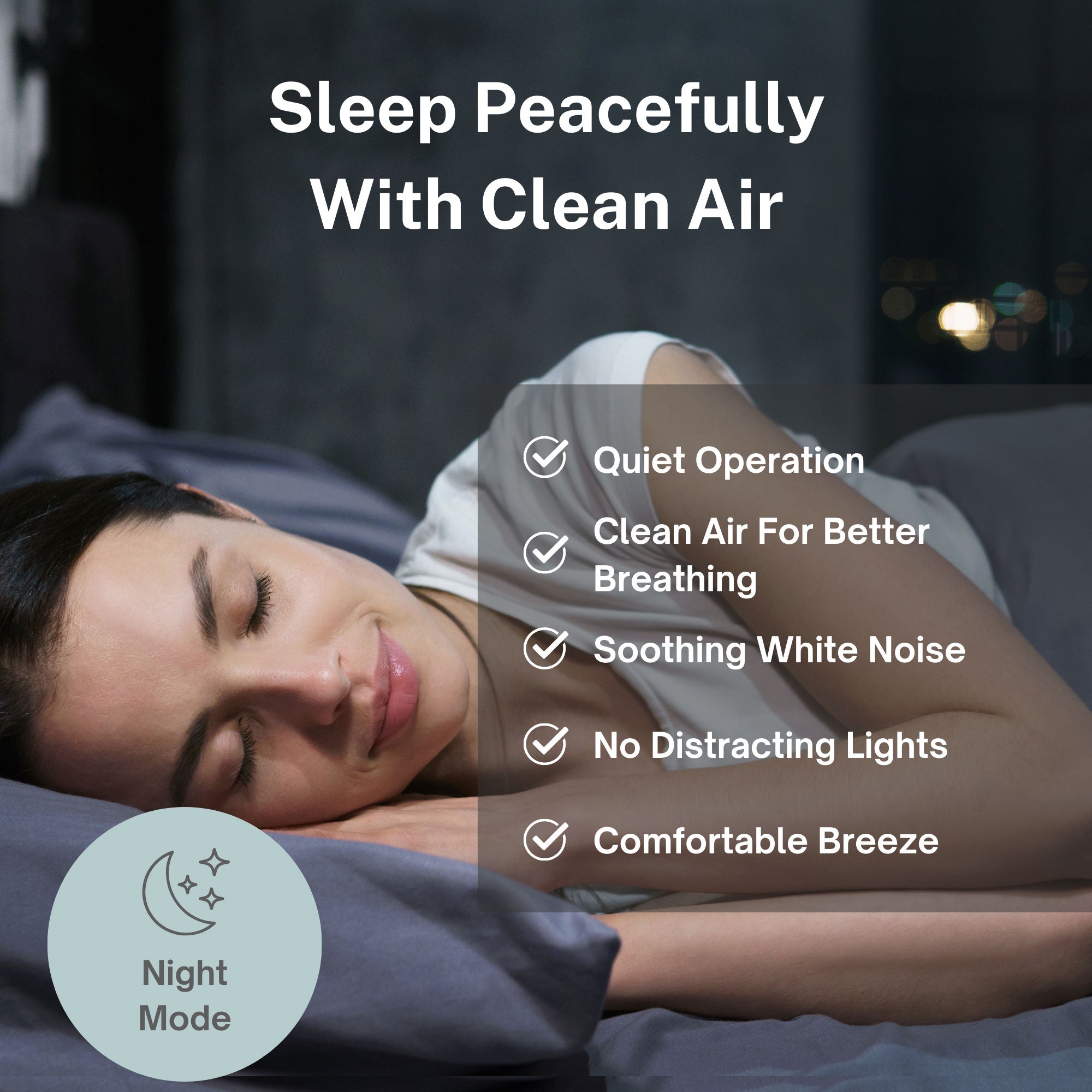Air quality sensors fail. Power cuts out. Connectivity drops. And suddenly, the data stream that public health officials depend on goes dark at the exact moment they need it most.
This isn't just a technical inconvenience. When PM2.5 monitoring systems go offline in high-risk regions, the resulting data gaps compromise health impact assessments, pollution control strategies, and regulatory compliance. Communities facing the greatest air quality threats often experience the most unreliable monitoring infrastructure.
Machine learning is changing that equation. New predictive analytics tools can now fill data gaps with remarkable accuracy, maintaining continuous air quality insights even when physical sensors fail.
The PM2.5 Monitoring Challenge
PM2.5 refers to particulate matter measuring 2.5 micrometers or smaller in diameter. These microscopic particles penetrate deep into lung tissue and enter the bloodstream. Exposure contributes to cardiovascular disease, respiratory illness, and millions of premature deaths globally each year.
Accurate PM2.5 monitoring serves as a critical public health tool. Communities use this data to issue pollution alerts, develop protection strategies, and track long-term air quality trends. But traditional monitoring systems require complete datasets to function reliably.
Organizations deploying sensor networks across Africa face persistent challenges. Power instability disrupts monitoring equipment. Connectivity issues prevent data transmission. Physical maintenance remains limited in remote high-risk regions. The result is significant gaps in measurement records precisely where data matters most.
Missing data reduces statistical power and introduces bias into parameter estimates. Researchers struggle to detect reliable trends. Public health officials make decisions based on incomplete information. The communities most vulnerable to air pollution receive the least reliable monitoring.
How Machine Learning Bridges the Gap
Amazon SageMaker Canvas represents a breakthrough in accessible predictive analytics. This low-code platform enables environmental analysts to build accurate PM2.5 prediction models without extensive machine learning expertise.
The system works by training on historical sensor data, learning patterns in how PM2.5 levels fluctuate based on time, location, and environmental conditions. Once trained, the model predicts missing values when sensors go offline, maintaining data continuity despite inevitable equipment failures.
Recent implementations demonstrate impressive accuracy. One deployment processing over 15 million records from sensors across Kenya and Nigeria achieved predictions within plus or minus 4.875 micrograms per cubic meter of actual PM2.5 concentrations. The model's R-squared value of 0.921 places it among higher-performing PM2.5 prediction systems available today.
This performance comes through automated processes that handle model training and optimization without requiring users to understand complex algorithms. Environmental analysts can generate reliable predictions through an intuitive interface, iterate quickly based on results, and validate models across different regions.
Real-World Impact on Public Health
The practical implications extend far beyond technical metrics. Continuous data streams enable public health officials to maintain uninterrupted access to critical air quality information. Pollution alerts go out on schedule. Long-term trend analysis remains comprehensive. Decision-makers work from complete datasets rather than fragmentary records.
This reliability matters especially for vulnerable populations. Children, elderly individuals, and people with respiratory conditions face heightened risks from PM2.5 exposure. Timely warnings allow these groups to take protective action during pollution events. Complete historical records help researchers identify patterns linking air quality to health outcomes.
The technology also reduces costs associated with monitoring network maintenance. Traditional systems go dark during sensor failures, creating expensive data gaps that compromise entire research projects. Machine learning predictions maintain operational continuity, eliminating these costly interruptions.
Environmental agencies benefit from enhanced analytical capabilities. Complete datasets support more robust statistical analysis. Researchers can detect subtle trends that fragmented data would obscure. The foundation for evidence-based policy development becomes significantly more solid.
Bringing Clean Air Indoors
Machine learning helps monitor outdoor air quality. But the air inside your home requires direct protection through physical filtration. Understanding outdoor PM2.5 levels matters because outdoor pollution infiltrates indoor spaces through ventilation systems, open windows, and gaps in building envelopes.
The iAdaptAir system provides the defense your indoor environment needs. HEPA filtration captures 99.97 percent of particles as small as 0.3 microns. That includes PM2.5 particles that penetrate from outdoor sources and those generated indoors through cooking, cleaning, and other activities.
Smart sensors monitor your indoor air quality in real time. When particulate levels rise, fan speeds adjust automatically to match the challenge. You get continuous protection that adapts to actual conditions rather than running at fixed settings regardless of need.
UV-C technology adds pathogen control to particulate filtration. Activated carbon removes gaseous pollutants and odors. This multi-stage approach addresses the full spectrum of indoor air quality concerns, creating a comprehensive defense against respiratory irritants.
The Future of Air Quality Protection
Technology advances on two fronts. Outdoor monitoring becomes more reliable through predictive analytics that fill sensor data gaps. Indoor protection improves through medical-grade filtration systems that remove harmful particles before they reach your lungs.
Both developments serve the same goal: reducing human exposure to air pollution that compromises health. The communities facing the greatest outdoor air quality challenges deserve reliable monitoring. Individuals in all communities deserve clean air inside their homes.
Machine learning enables better outdoor air quality research and faster public health responses. But your personal exposure depends on the air you actually breathe in your living spaces, workplaces, and schools.
Protect Your Indoor Air Quality Today
You can't control outdoor air pollution levels. You can control what enters your lungs inside your home. The iAdaptAir system provides medical-grade protection against PM2.5 and the full range of airborne contaminants that threaten respiratory health.
HEPA filtration removes microscopic particles. UV-C neutralizes pathogens. Smart sensors adapt performance to your actual air quality conditions. You get comprehensive protection that works continuously to maintain the clean indoor air your health deserves.
Don't wait for outdoor air quality to improve. Take control of your indoor environment now. Shop Air Oasis today and breathe cleaner air in your own home.






